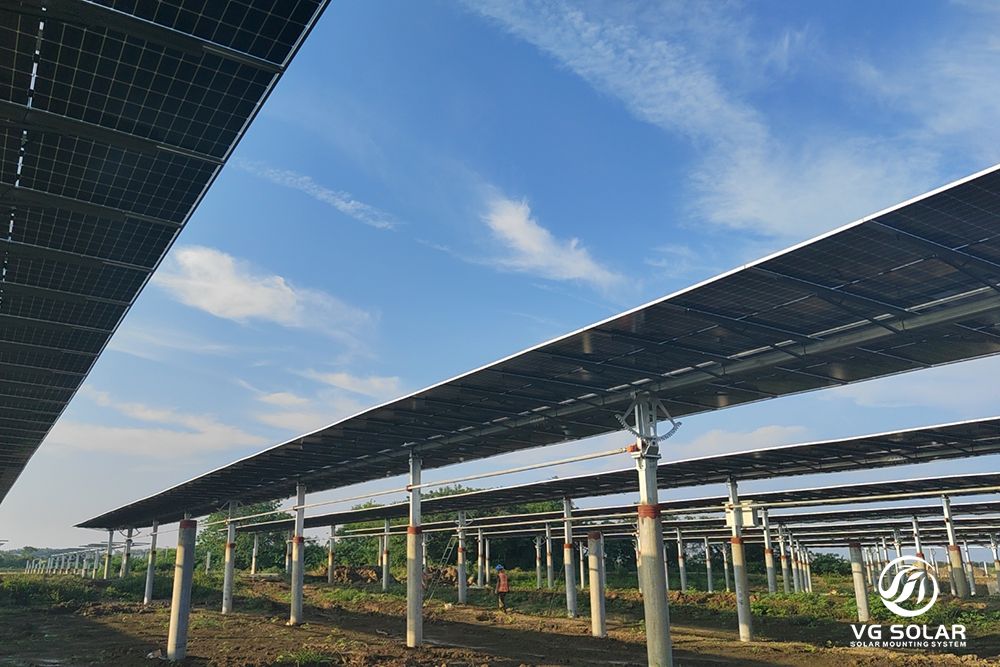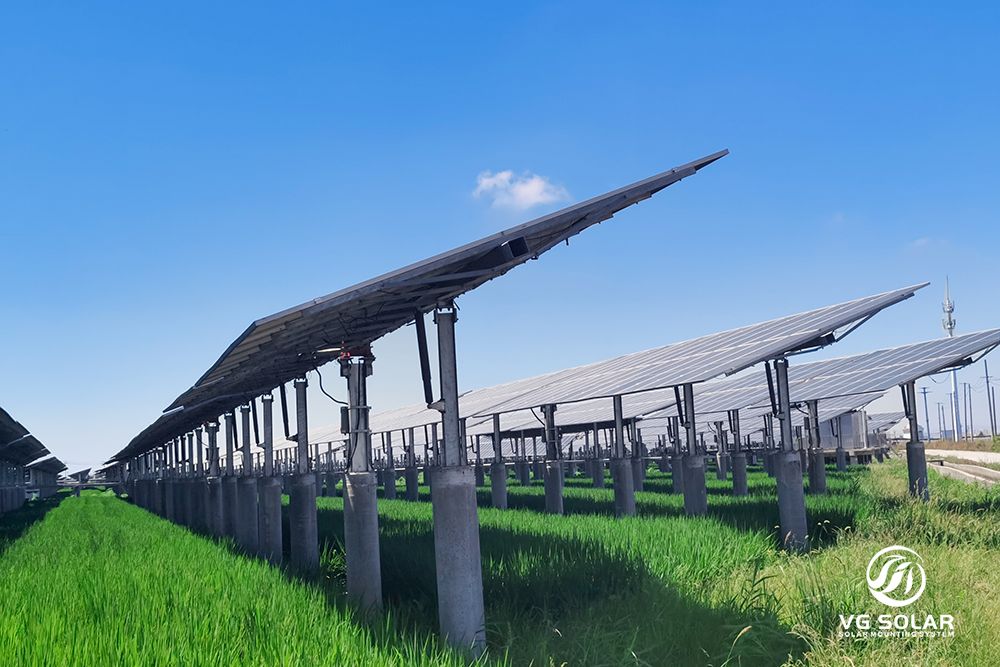In recent years, tracking systems have become extremely popular in the market and have revolutionised the photovoltaic power generation industry. The integration of advanced technologies, such as artificial intelligence algorithms and real-time light tracking, has helped to increase the power output of solar power plants. This article aims to explore why tracking systems have become increasingly popular in recent years.
One of the main reasons for the increasing popularity of tracking systems is their ability to maximise power generation. Traditional fixed solar panels have a fixed tilt angle, which means they can only capture a limited amount of sunlight throughout the day. Tracking systems, on the other hand, have the unique ability to adjust the tilt angle and track the movement of the sun to optimise the capture of solar energy. By adjusting the tilt angle based on the position of the sun, these systems can use sunlight more efficiently, resulting in higher power generation.
Real-time tracking is one of the basic functions of a tracking system. Using sensors and intelligent algorithms, these systems continuously monitor the position of the sun and make the necessary adjustments to ensure optimal solar absorption. Artificial intelligence algorithms analyse various parameters such as sunlight intensity, angle of incidence and weather conditions. This real-time ray tracing ensures that the solar panels are always facing the sun, increasing power output.
In addition, the tracking system improves the overall performance and longevity of the solar panels. By constantly adjusting the position of the panels, the system reduces the risk of dust, snow or shadows blocking the solar cells. This active cleaning mechanism not only ensures maximum absorption of sunlight, but also helps to maintain the efficiency of the panels over the long term. As a result, solar farms equipped with tracking racks require less maintenance and suffer less efficiency loss, resulting in higher generation revenues.
Another key advantage of tracking systems is their versatility and adaptability. Depending on the specific requirements of the site, these systems can be customised to suit different drive modes. Available options include single and dual axis configurations. Single-axis systems rotate the panels along a single axis (typically east to west), while dual-axis systems have two axes of rotation, allowing the panels to track the sun more precisely. This flexibility allows solar power plants to select the appropriate tracking mode based on their geographic location, resulting in optimal energy output.
In addition, the increased adoption of tracking systems can be attributed to the significant cost savings they offer. Although these systems require an initial investment, the increased power generation they achieve leads to increased revenues over time. By using artificial intelligence algorithms, tracking mounts can optimise energy production during the day, at night, and even in cloudy or low light conditions. These optimised production capabilities can lead to higher revenues and a faster return on investment for solar companies.
In summary, the growing popularity of tracking rack systems in recent years can be attributed to their ability to increase generation revenues. By integrating artificial intelligence algorithms and real-time light tracking, these systems optimise the absorption of solar energy, thereby increasing efficiency and revenue. In addition, their multi-functional drive modes and active cleaning mechanism also enhance their market appeal. As solar power continues to gain recognition as a sustainable and environmentally friendly alternative to power generation, the adoption of tracking systems is expected to grow steadily in the future.
Post time: Oct-05-2023


